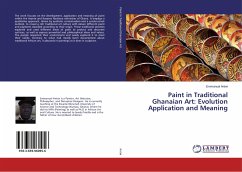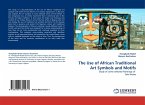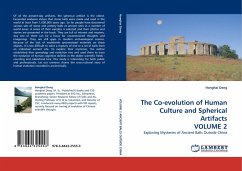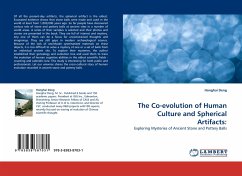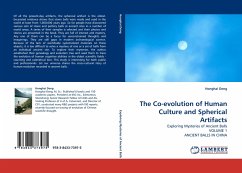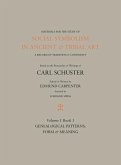The work focuses on the development, application and meaning of paint within the Asante and Kassena Nankana ethnicities of Ghana. It employs a qualitative approach, driven by aesthetic contextualism and a constructivist outlook, to reveal a rich traditional art culture with eleven different paint and pigments classified according to their origin. These traditional societies explored and used different kinds of paint to protect and decorate surfaces, as well as express proverbial and philosophical ideas and values. The people respected their environment and wisely explored it to meet their needs. Contrary to what had mostly been documented about traditional African art, it abounds in paintings as it does in sculpture.
Bitte wählen Sie Ihr Anliegen aus.
Rechnungen
Retourenschein anfordern
Bestellstatus
Storno

